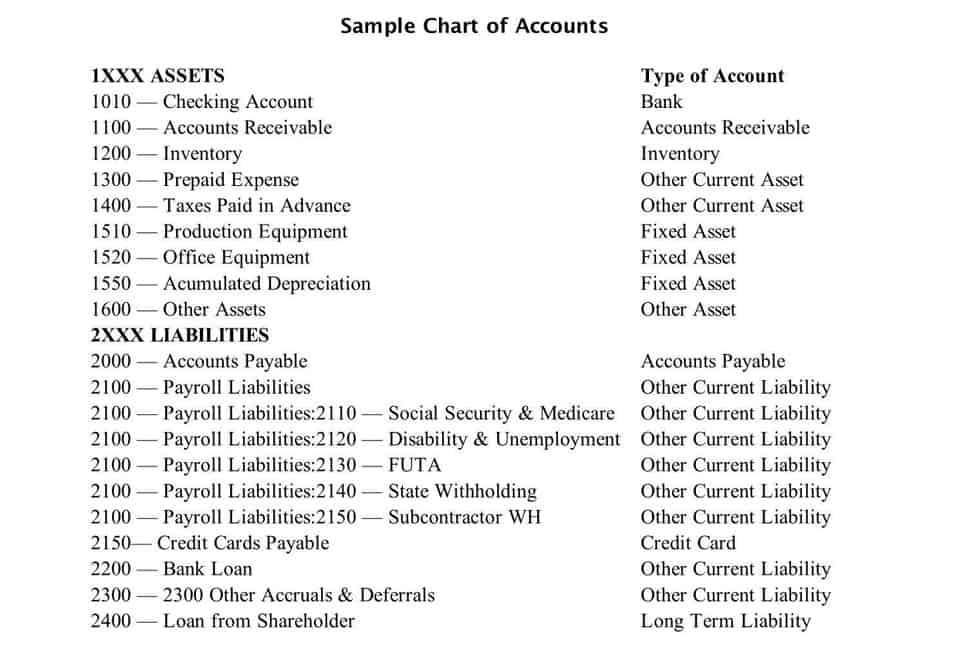Cost-benefit analysis: 5 steps to turn data into smarter choices

Before calculating NPV, consider using an appropriate discount rate—in this case, assuming a rate of 5% over 5 years. For greater clarity, integrate the formula for NPV calculation into the respective block by selecting the “Equation” feature from the bottom toolbar. Once the formula is added, calculate the NPV using the formula and then input the final NPV value result within the block. To commence this task, log in to your Xmind AI account and enter the tool’s main workspace. Next, click the “New Map” button on the top-right corner Bookstime to access a pop-up window with various templates. Gregory Hamel has been a writer since September 2008 and has also authored three novels.
- Management leverages the findings of a cost-benefit analysis to decide whether it is in the best interest of a company to pursue a new project or to find an alternative.
- The CBA template emerges as a widely used method in various sectors, including business, to help guide important decisions.
- However, you can also use ranking systems based on level of importance to the company if direct values are not assigned or even in addition to set values for each category.
- In this stage, the project manager or analyst performing the cost-benefit analysis will need to determine both explicit and implicit benefits.
- This analysis serves as the essential justification for moving forward with a proposed action.
- If the business doesn’t have the technical staff needed for an adequate assessment, it may need to hire outside professionals.
How to Do a Cost-Benefit Analysis & Why It’s Important
In most cases, business owners opt for converting these metrics into economic value since that’s typically the easiest way to understand and compare. Simply put, you can translate costs and benefits into risk versus reward to gain clarity on what’s best for your business. The net present value in cost-benefit analysis is calculated by discounting all projected future cash inflows and outflows to their present value and then subtracting the initial investment. The cost-benefit analysis can be a versatile tool applicable to a variety of industries, aiding in informed decision-making. The payback period is a simple formula that determines the time period required for the benefits of the project to repay the costs. This practice allows a business to evaluate each project compared to another investment or way of doing things, bringing opportunity cost into the equation.

Get product marketing certified.
One significant limitation is the difficulty in quantifying certain costs and benefits. For instance, how do you put a monetary value on an improved brand image or increased employee satisfaction? These factors can have a significant impact on a project’s success, but they’re difficult to quantify and compare in monetary terms. To calculate cost and benefit analysis, there are several steps you must follow (see below). However, in terms of metrics, the most critical aspect is accurately quantifying and then comparing the total costs against the total benefits. Finally, a manager will compare the total costs and benefits to determine if the benefits outweigh the costs.
What Are the Costs and Benefits of Doing a Cost-Benefit Analysis?
Some costs and benefits are easy to assign a monetary value, like calculating a new hire’s salary or the yearly cost of purchasing a new software tool. However, other aspects are less obvious and require more thought, like quantifying the time spent on employee training, which might otherwise be used for productive work. While cost-benefit analysis is not necessary for every single project, depending on the size of said project, they’re essential for those destined to eat up a lot of time, money, and human resources. After all, it’s better to go into a project knowing the estimated return on investment than to fly blind into a world of uncertainty with a chunk of company money at your disposal. When making big decisions that could significantly impact your business and clients, using the cost-benefit analysis process is almost always a great path.

It helps to ensure that resources are allocated efficiently and that the benefits of a project or decision outweigh its costs. Overall, CBA is a valuable tool that can be used in a wide variety of contexts to evaluate the economic feasibility of different projects and decisions. CBA evaluation is used in a variety of settings to inform decision-making, including public policy, business, healthcare, and environmental programs. For example, in public policy, CBA evaluation may be used to evaluate the cost-effectiveness of a new public works project or to compare the costs and benefits of different social welfare programs. In business, CBA evaluation may be used to assess the economic feasibility of a new product or service or to compare the costs and benefits of different investment opportunities. Being one of the most critical metrics, it evaluates the financial potential of a project.
Better Suited to Short- and Mid-Length Projects
- BCR is a simple ratio between total benefits and costs, with a value of over 1.0 indicating a positive business outcome.
- By launching a behavioral science practice at the core of the organization, we helped one of the largest insurers in North America realize $30M increase in annual revenue.
- The results of CBA can be presented in different ways, such as a cost-benefit ratio or a net present value.
- Within the dialogue box, input the email addresses of stakeholders you wish to invite and manage access to edit or view according to your choice.
- While a cost-benefit analysis can help a company estimate the net benefit of a project, benefits are typically more difficult to predict than costs.
Given the uncertainties and assumptions involved in a cost-benefit analysis, it’s often helpful to conduct a sensitivity analysis. This involves changing key assumptions or variables to see how they affect the outcome. This can help you understand the risks involved and make more informed decisions. As you make your recommendations, be transparent about your assumptions and the potential risks involved. Highlight how the benefits of your chosen option outweigh the costs, not just in monetary ways but also in terms of meeting strategic objectives or other non-financial benefits.

If you don’t give all the costs and benefits a value, then it will be difficult to compare them accurately. And while you’re busy listing out all of those potential costs, don’t forget to consider the benefits too! These could be tangible, like increased revenue and efficiency gains, or intangible, like enhanced brand reputation or employee satisfaction. You’ll also need to choose how you’ll measure and compare costs and benefits and what metric you’ll use. With so many complex factors to identify and monetize, it can be hard to know which costs and benefits to focus on first – or how to accurately quantify them. Making sure that each cost and benefit list is as comprehensive as possible is crucial to ensure the calculation is accurate.
Cost Benefit Analysis — How To Ensure Investments Work Out
- We can see that Bruce incurs $49,000 in expenses (cost) throughout the four-month project and is projected to gain approximately $42,500 (benefits).
- Cost-benefit analysis is a systematic method for quantifying and then comparing the total costs to the total expected rewards of undertaking a project or making an investment.
- A company must assess whether it’s equipped to perform an accurate cost-benefit analysis.
- A cost-benefit analysis (CBA) is a method used to evaluate the pros and cons of a project or decision by comparing its total expected costs and benefits, often expressed in monetary terms.
- As a structured framework for evaluating multiple alternatives based on defined criteria, this method enables organizations to compare various options side by side.
- Cost-benefit analysis (CBA) is a powerful tool used to evaluate the economic feasibility of different projects and decisions.
- By understanding the fundamentals of cost-benefit analysis and how to use it when making decisions, you can ensure your decisions are based on careful consideration of all potential costs and benefits.
And yes, that means you need to sift through the options and choose the one that brings the most value without weighing you down with excessive costs. I was blown away with their application and translation of the main goal of using a cost-benefit analysis is to reach a behavioral science into practice. They took a very complex ecosystem and created a series of interventions using an innovative mix of the latest research and creative client co-creation. I was so impressed at the final product they created, which was hugely comprehensive despite the large scope of the client being of the world’s most far-reaching and best known consumer brands.
Overall, CBA is a valuable tool that helps decision-makers make informed decisions by providing a systematic approach to comparing the retained earnings costs and benefits of different options. It can improve resource allocation, transparency, accountability, communication, and ultimately lead to more effective and efficient use of resources. CBA is important because it provides decision-makers with a way to compare the costs and benefits of different options and make informed decisions.


